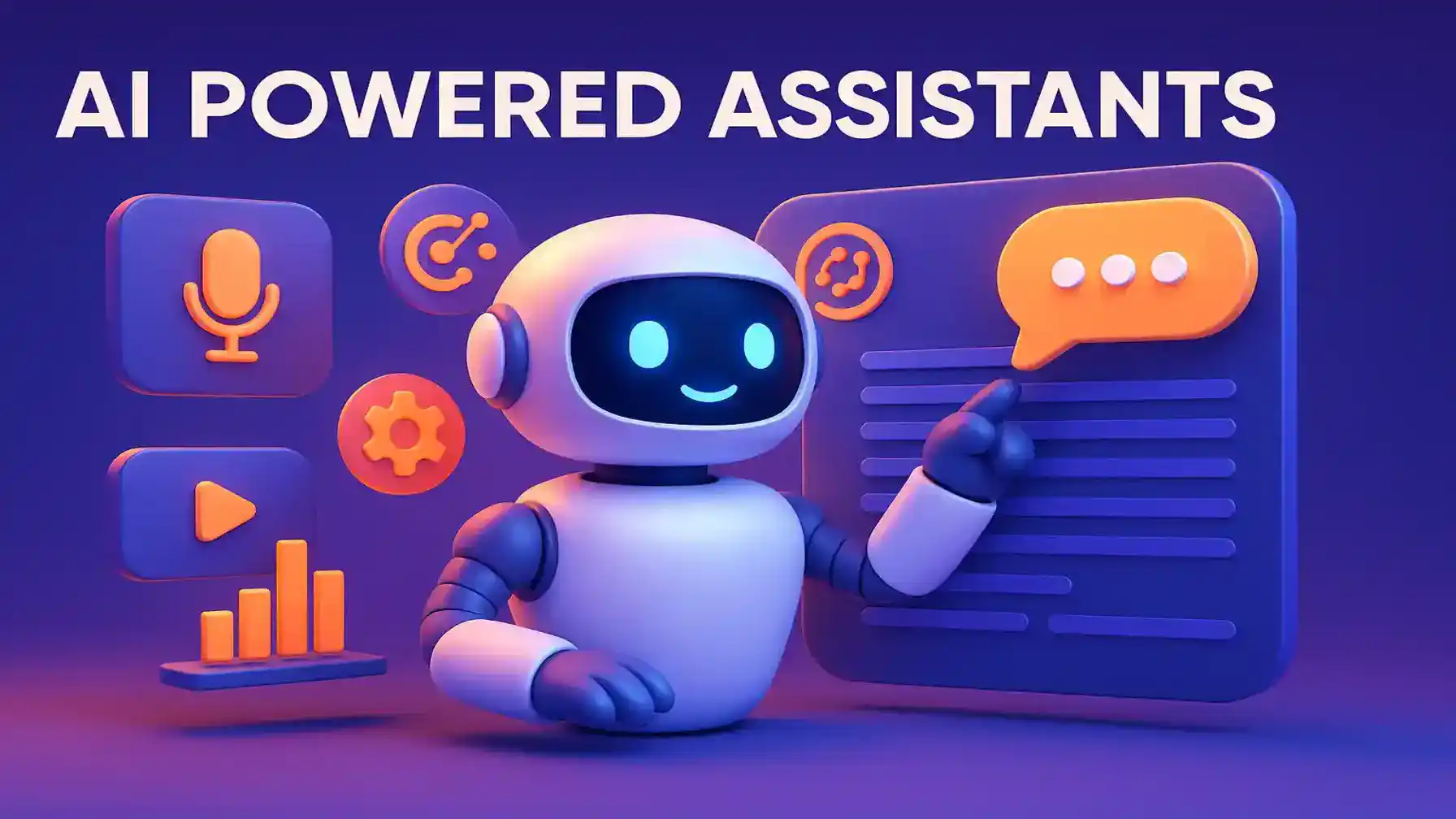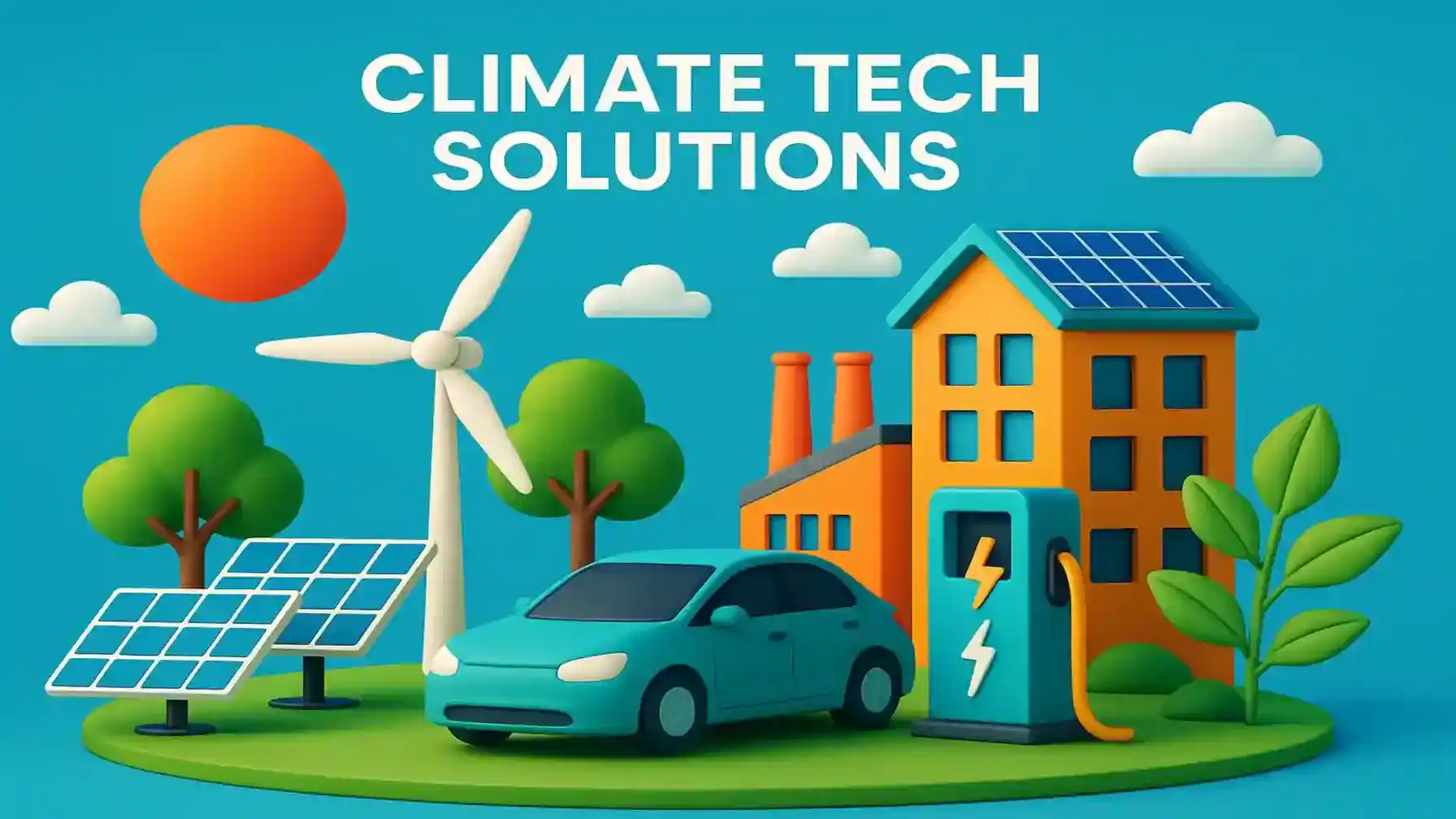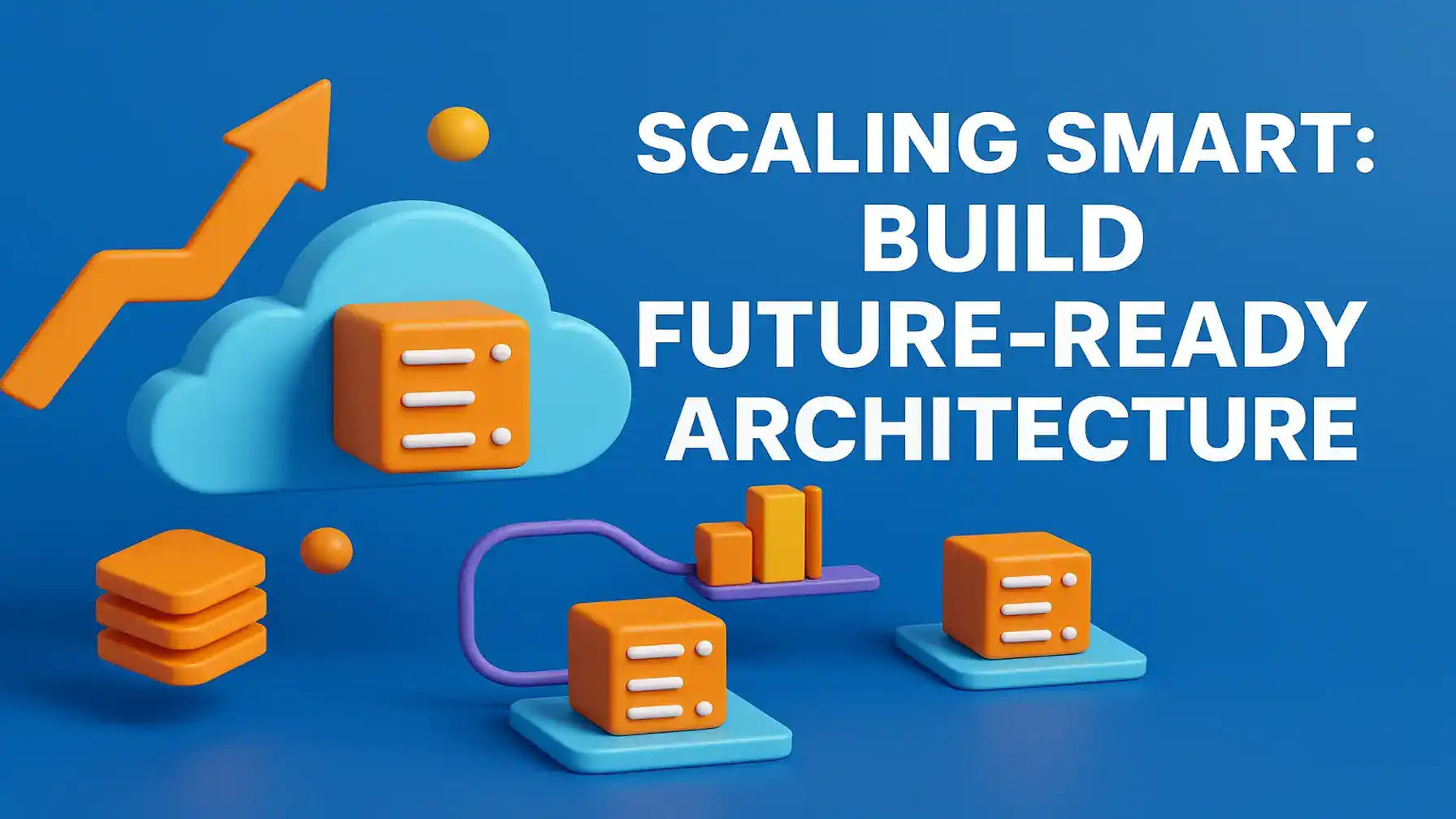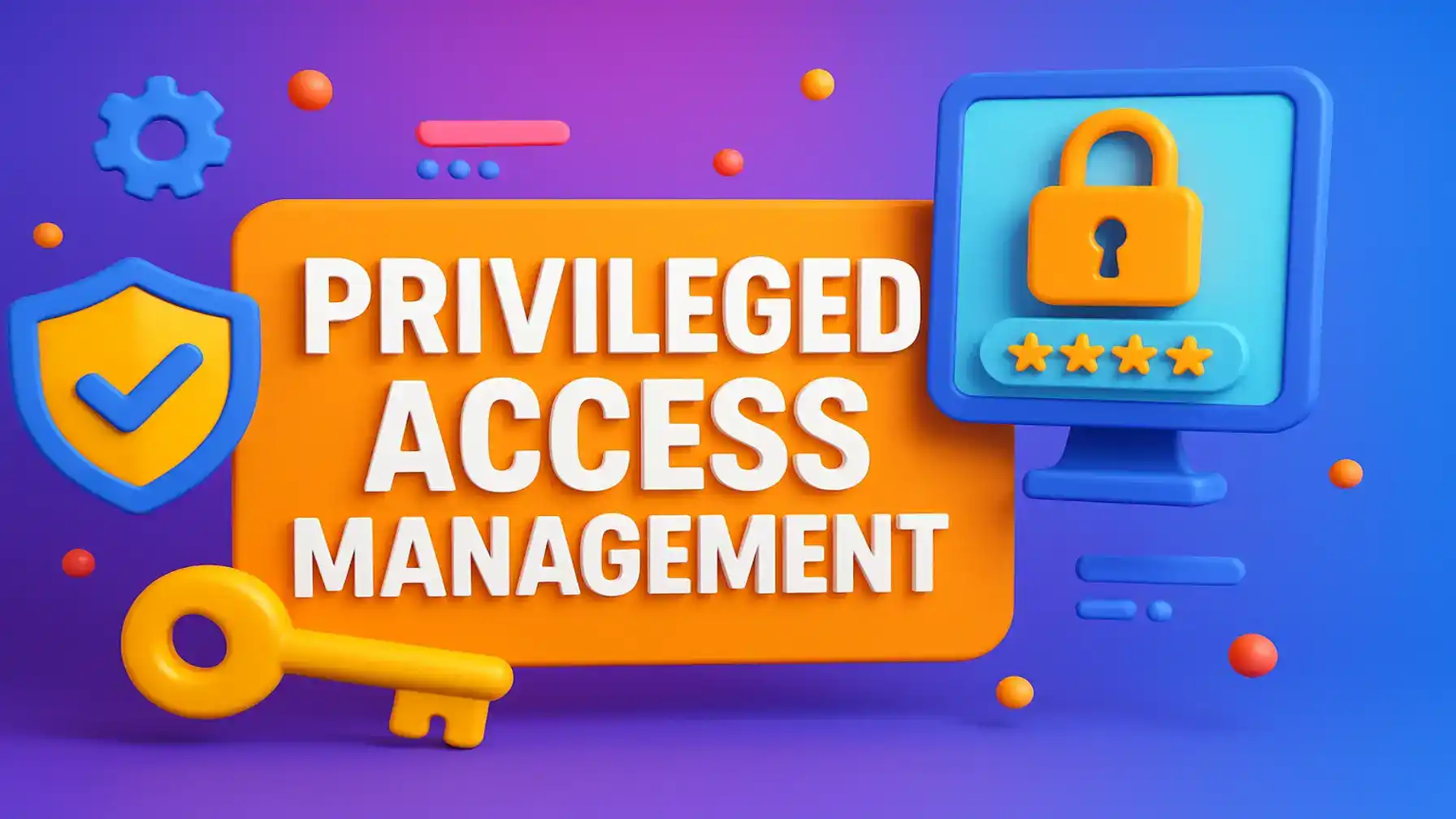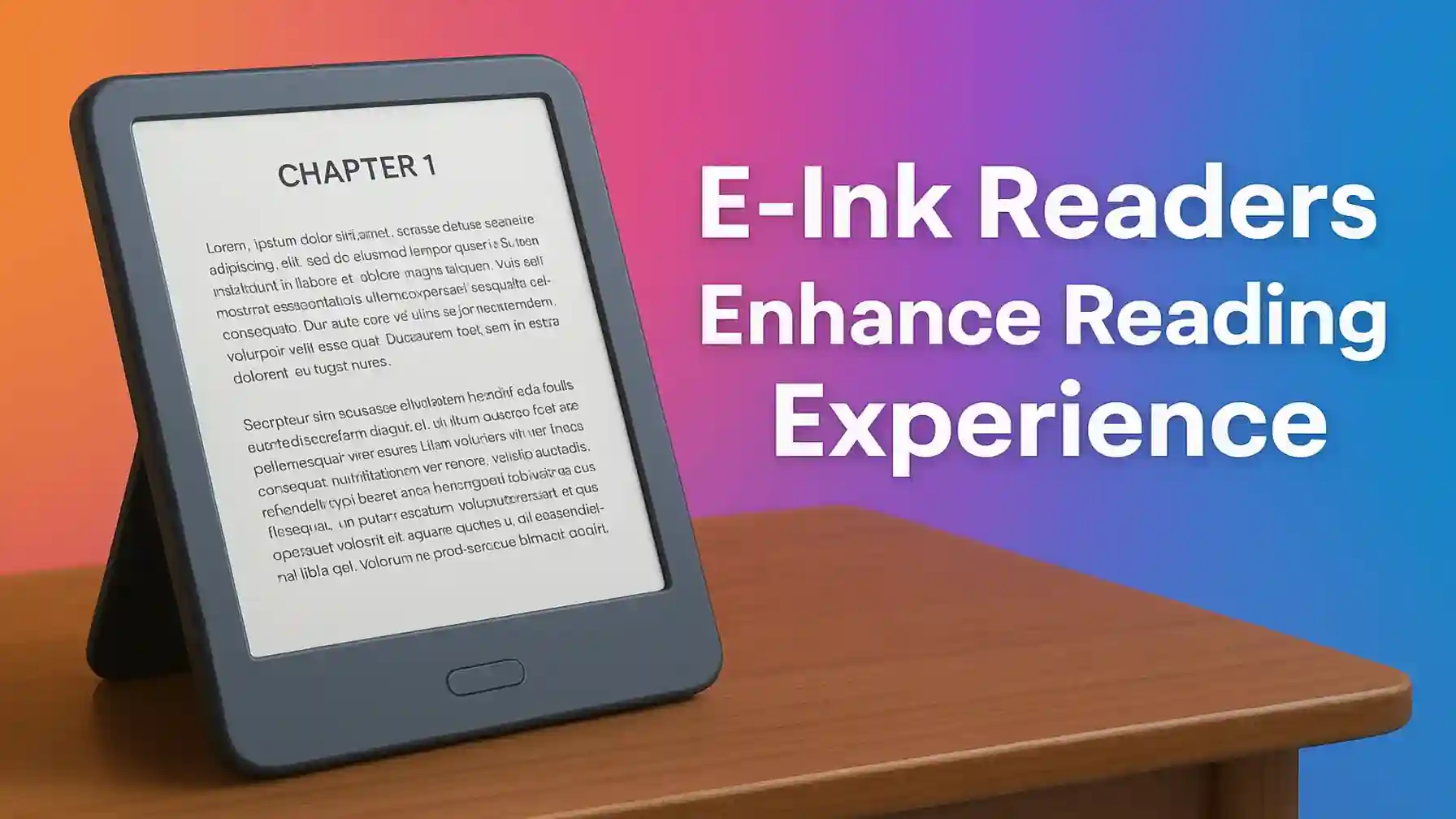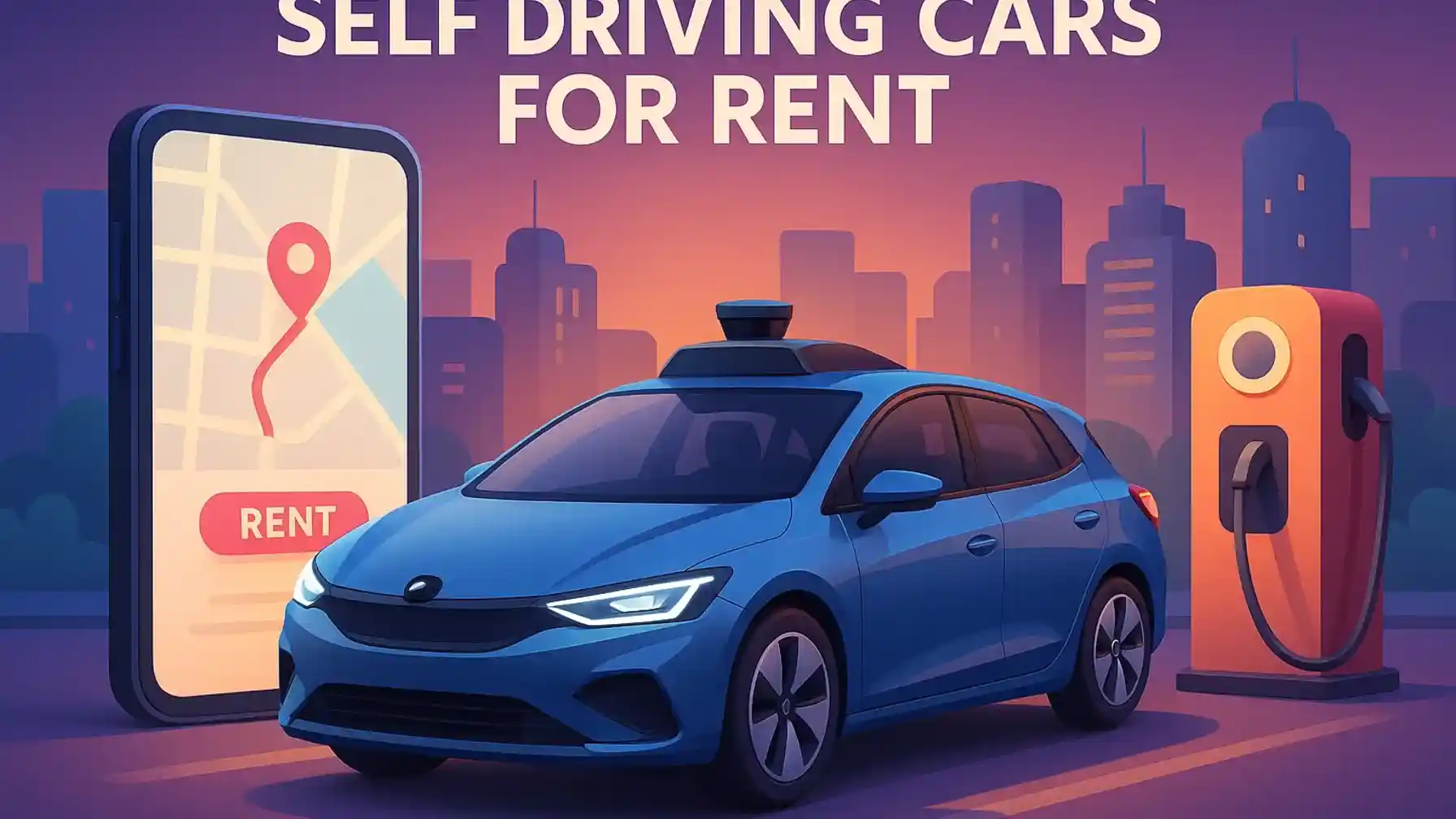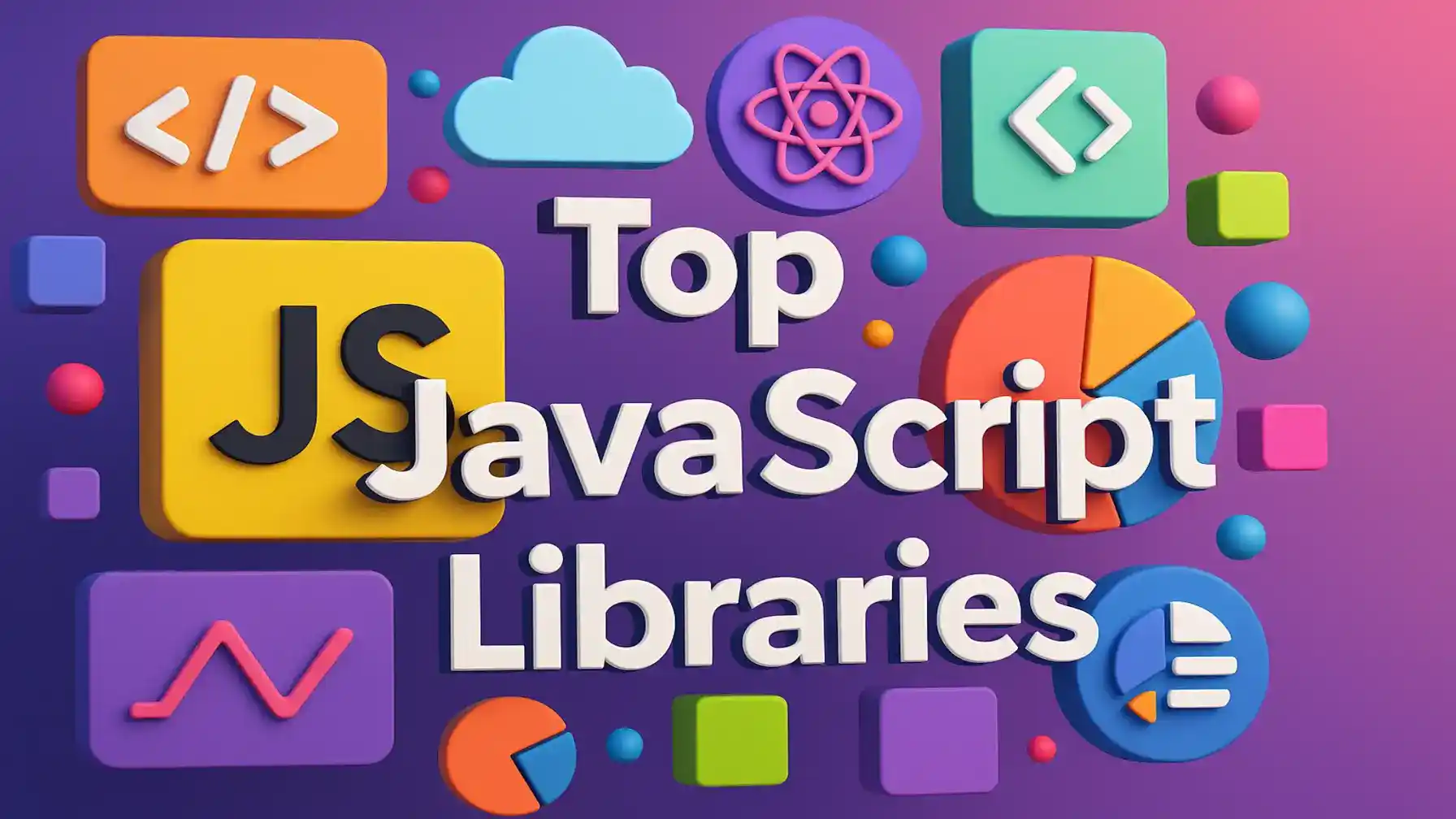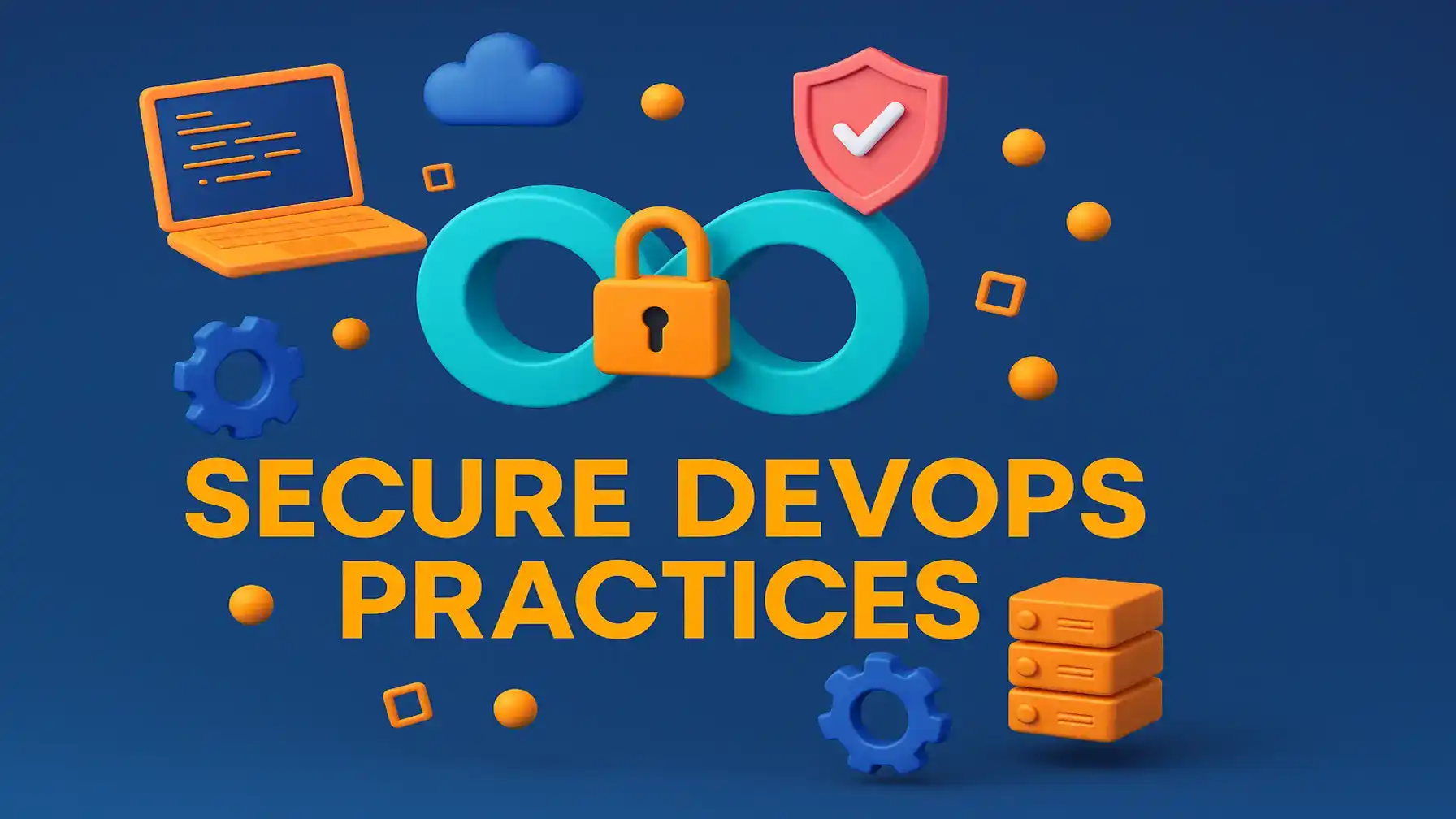AI powered assistants are transforming healthcare like never before. Virtual nurses and diagnostic bots help monitor patient vitals, schedule appointments, and offer symptom analysis instantly. These assistants are available 24/7, improving patient engagement and access to information.
For example, Babylon Health uses AI to offer real-time health consultations. Patients input symptoms, and the assistant provides recommendations or escalates to a human doctor if needed. This blend of technology and healthcare improves speed and accuracy, especially in under-resourced areas.
Moreover, AI powered assistants help healthcare professionals streamline administrative tasks. They reduce time spent on documentation, allowing doctors to focus more on patient care. With the ability to learn from historical data, these assistants even help in early disease detection, a critical factor in preventive healthcare.
Transitioning into the future, AI assistants will become more intuitive and proactive—offering medication reminders, managing electronic health records, and even predicting health issues based on wearable data.
AI Assistants in Finance and Banking
AI powered assistants are revolutionizing the finance sector. Banks and financial institutions are adopting AI-driven chatbots and virtual assistants to handle everything from customer service queries to fraud detection.
Take Erica by Bank of America, for example. It helps users check balances, track spending, and even gives financial advice based on individual patterns. This kind of personalized interaction is not only convenient but also builds customer trust.
Also Read: Smart Thermostats Transform Home Energy Savings Easily
Financial AI assistants also improve internal operations. They assist analysts by scanning massive datasets in seconds, flagging anomalies, and generating reports. Fraud detection has become faster and more accurate thanks to real-time AI monitoring.
What makes them even more valuable is their ability to adapt. These assistants continuously learn from interactions and adapt their recommendations. In the near future, we can expect AI to handle complex investment strategies, portfolio suggestions, and tax optimization.
AI in E-Commerce and Retail
E-commerce has seen a massive boost thanks to AI powered assistants. From personalized product recommendations to real-time customer support, these assistants enhance the shopping experience from beginning to end.
Brands like Amazon and Shopify use AI to tailor user journeys. When you browse, AI observes patterns, predicts needs, and suggests products you’re most likely to buy. This level of personalization increases customer satisfaction and conversion rates.
AI chatbots also handle order tracking, returns, and even complaints—reducing human intervention and cutting down on wait times. Voice-powered assistants like Alexa are also being used to order products using simple voice commands.
AI powered assistants in retail aren’t limited to online spaces. In physical stores, AI-driven kiosks provide real-time support to customers, suggest outfits, and even assist with in-store navigation.
Key Features that make AI Powered Assistants Stand Out:
Voice Recognition and Conversational Intelligence
One of the biggest breakthroughs in AI powered assistants is their ability to understand and mimic human speech. Voice recognition allows users to interact naturally with their devices, whether they’re on smartphones, smart speakers, or wearables.
Assistants like Siri, Alexa, and Google Assistant recognize different accents, languages, and even tone. With conversational intelligence, they not only understand queries but also maintain context during longer conversations.
This natural interface helps users feel more connected and eliminates the learning curve that comes with typing or tapping. Imagine telling your assistant, “Remind me to call mom after lunch,” and it knows exactly what to do—no buttons required.
In business settings, voice-powered AI is used in meetings to take notes, summarize discussions, and even set follow-up reminders—all in real-time.
Context Awareness and Personalization
AI powered assistants shine because of their ability to personalize. They remember user preferences, past behaviors, and tailor suggestions accordingly. This context awareness makes interactions more meaningful and efficient.
For instance, if you regularly order food through an assistant, it learns your dietary choices, favorite cuisines, and even preferred delivery times. Over time, it begins to suggest exactly what you might want before you ask.
This personalization extends to work environments too. AI assistants in project management tools adjust reminders based on your schedule, alert you of missed tasks, and even suggest productivity improvements based on usage data.
As these systems evolve, they’ll become even better at predicting needs—like suggesting a coffee break after long meetings or blocking time for deep work based on your calendar.
Challenges and Limitations of AI Powered Assistants:
Privacy and Data Security Concerns
While AI powered assistants bring convenience, they also raise valid concerns around privacy. These tools collect vast amounts of user data—voice commands, search history, location, and even financial details—to function effectively. But with data collection comes the risk of misuse or breaches.
Users often wonder: Who has access to my information? Transparency in how AI assistants handle data is critical. Many companies encrypt data and anonymize user information, but leaks still happen. For example, cases involving smart speakers recording conversations without user knowledge have made headlines.
To address this, companies are investing in secure cloud storage, multi-factor authentication, and user consent protocols. Additionally, some assistants now offer local data processing, meaning your data stays on the device and doesn’t get uploaded to external servers.
As AI grows, striking a balance between personalization and privacy will remain one of its biggest hurdles. Regulatory frameworks like GDPR are also stepping in to ensure users maintain control over their data.
Dependence and Reduced Human Interaction
Another challenge of AI powered assistants is over-dependence. As they become more efficient, people may rely on them too heavily—even for tasks they once did manually. This can potentially lead to reduced critical thinking and problem-solving skills.
Also, in customer service, replacing human agents with AI can limit empathy and emotional intelligence. While assistants can provide fast responses, they may struggle to understand nuanced or emotionally charged situations.
There’s also concern about social isolation. Devices that respond to our commands can’t replace real human interaction. Children growing up with AI assistants may develop altered communication habits, preferring voice commands over conversation.
That said, AI isn’t meant to replace human connection but to enhance it. The solution lies in balanced use—employing AI for efficiency while preserving the value of human interactions in daily life and business.
Future Trends in AI Powered Assistants:
Multilingual and Emotionally Intelligent AI Assistants
One of the most exciting future trends is the rise of multilingual AI powered assistants. As globalization expands, the need for assistants that can communicate in multiple languages has skyrocketed. Soon, AI will seamlessly switch between languages in a single conversation.
Moreover, emotional intelligence is the next frontier. Researchers are working on assistants that detect tone, mood, and sentiment to adjust responses. For example, if a user sounds frustrated, the assistant may adopt a more empathetic tone or escalate the issue to a human.
This could revolutionize customer service, therapy bots, and even personal companionship tools. Imagine an AI assistant that notices stress in your voice and offers calming music or a breathing exercise.
Combining language versatility with emotional awareness will make AI more human-like, enabling more meaningful interactions.
Integration with Augmented Reality and Wearables
Another key development is the merging of AI powered assistants with augmented reality (AR) and wearables. This will take user interaction to a whole new level.
Smart glasses with built-in AI will allow users to receive real-time information overlaid on their view. Imagine walking into a store and your glasses showing prices, reviews, and suggestions—without lifting a finger.
Wearables like smartwatches will also benefit. AI assistants will track physical and emotional health, suggest workouts, adjust schedules, and even notify users of potential medical issues—before they become serious.
AR-powered virtual assistants in industries like engineering, education, and architecture will offer real-time feedback, step-by-step guidance, and visual overlays. This fusion will redefine productivity and user engagement across multiple sectors.
Tips to Use AI Powered Assistants Effectively:
Choose the Right Assistant for your needs
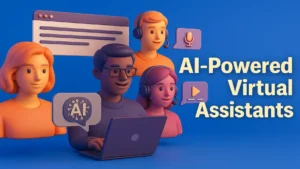
With many AI powered assistants available, it’s crucial to choose the right one. Start by defining your primary use—do you need help managing your schedule, organizing tasks, or handling customer support?
For personal use, options like Google Assistant, Siri, and Alexa excel at daily tasks. For business automation, consider specialized tools like Drift or Intercom for customer support, or Zapier’s AI for task automation.
Also, pay attention to platform compatibility. An assistant that integrates with your devices, apps, and workflow tools will serve you better long term. Reading reviews and testing different options helps you make an informed decision.
Customize Settings for Better Control
Once you choose your assistant, take time to customize settings. Many users don’t realize how much control they have—privacy settings, voice training, notification preferences, and routines can all be adjusted.
For instance, set up routines like “Good Morning” to turn on lights, play news, and read your calendar. Disable features you don’t need to reduce distractions. Schedule reminders based on your habits and preferences.
Frequent updates also bring new features—so staying informed will help you get the most out of your AI powered assistant.
AI Powered Assistants in Education and Learning:
Smart Learning with Personalized AI Tutors
AI powered assistants are reshaping education by offering customized learning experiences. With adaptive algorithms, these digital tutors can analyze a student’s progress and adjust lessons in real-time to suit their learning style and pace.
Imagine a student struggling with algebra. An AI assistant can detect the pattern, offer simplified explanations, generate practice questions, and even use visual aids to make the concept clearer. It works like a private tutor—available 24/7 without the high cost.
Platforms like ScribeSense and Carnegie Learning are already using AI to grade assignments, provide feedback, and suggest personalized resources. These tools free up educators’ time and help students get immediate support when they need it most.
Such assistants also support language learning, reading comprehension, and test prep. With speech recognition, students can practice pronunciation, receive instant corrections, and build confidence—all in a safe digital environment.
Bridging Gaps in Remote and Inclusive Education
In remote learning environments, AI powered assistants play a critical role in ensuring continuity and accessibility. They help manage assignments, organize schedules, and keep learners on track even when traditional teaching is unavailable.
For students with disabilities, AI offers enhanced accessibility. Text-to-speech, voice commands, screen readers, and personalized interfaces allow students with visual, auditory, or cognitive challenges to learn effectively.
AI chatbots embedded in learning management systems also respond to student queries instantly. They provide clarity on assignments, deadlines, and class materials—reducing teacher workload while supporting student engagement.
As education becomes more global and remote, AI assistants will continue to bridge gaps—making quality education accessible regardless of location, time zone, or learning ability.
AI Powered Assistants and the Workplace Revolution:
Automating Mundane Tasks and Enhancing Collaboration
AI powered assistants are changing how modern workplaces function. By automating routine tasks—like scheduling meetings, sending reminders, or managing emails—they free up valuable human hours for creative and strategic thinking.
Tools like Slackbot or Microsoft’s Cortana integrate into office ecosystems, offering seamless support. You can ask your assistant to generate reports, prepare presentations, or summarize long documents—instantly.
Beyond automation, these assistants promote collaboration. They help team members stay aligned by offering real-time project updates, assigning tasks, and sending follow-ups. In remote setups, this ensures nothing falls through the cracks.
AI powered assistants are particularly effective in sales and HR. Sales assistants handle lead scoring, email follow-ups, and customer profiling. HR bots help onboard employees, answer policy questions, and track leave—all without human supervision.
Enhancing Decision-Making with Predictive Insights
Modern AI powered assistants don’t just complete tasks—they also offer strategic insights. By analyzing large data sets, they identify trends, predict outcomes, and guide users toward informed decisions.
For managers, this is a game-changer. Imagine your assistant highlighting which marketing channel drives the most ROI or flagging a dip in employee productivity before it affects business.
These insights are based on real-time data, which means they’re faster and more accurate than traditional analysis methods. AI also presents information visually, making it easier to digest and act upon.
In competitive industries, this speed can provide a critical edge. Businesses that leverage AI powered assistants for data-driven decision-making position themselves ahead of the curve—nimble, adaptive, and proactive.
Ethical Considerations in the Use of AI Powered Assistants:
Ensuring Fairness and Avoiding Bias
As AI powered assistants become more widespread, ethical concerns come into focus—especially around bias. AI systems are trained on data, and if that data reflects social biases, the assistant may unknowingly replicate them.
This is particularly problematic in hiring or lending, where biased algorithms could lead to unfair decisions. That’s why developers and companies must audit their data sources and regularly test for bias.
Transparency is also key. Users should be aware of how decisions are made and be able to contest or question them. Ethical AI involves more than functionality—it requires fairness, accountability, and inclusivity.
Researchers are now working on frameworks for responsible AI, ensuring that assistants uphold human values and avoid reinforcing stereotypes.
The Human Oversight Imperative
Despite all advancements, AI powered assistants should never operate without human oversight. These tools are incredibly powerful, but they lack moral reasoning, empathy, and contextual judgment.
Human oversight ensures that AI remains a tool, not a replacement. It also creates a safety net for errors—whether technical, ethical, or emotional. AI should support decision-makers, not act as autonomous agents in critical areas like healthcare, finance, or law enforcement.
Companies adopting AI must also invest in training their teams to understand, supervise, and work alongside these assistants. This collaboration between human intuition and machine efficiency is the true future of smart productivity.
Conclusion:
AI powered assistants are no longer a novelty—they are a necessity in today’s fast-paced, tech-driven world. Whether it’s improving daily productivity, transforming industries, or enhancing learning, these smart tools have proven their worth.
But with great power comes great responsibility. As users, businesses, and developers, it’s vital to use AI ethically, protect user privacy, and maintain human oversight. When used wisely, AI powered assistants won’t just make life easier—they’ll help us become better at what we do.
As we move forward, the blend of human creativity and machine intelligence will shape a future where possibilities are limitless—and it all starts with saying, “Hey Assistant.”
FAQs:
1. Are AI powered assistants safe to use with personal information?
Yes, but it depends on how securely the provider handles your data. Look for end-to-end encryption, user control settings, and transparency in data use.
2. How do AI powered assistants differ from traditional bots?
AI assistants use machine learning and natural language processing, enabling them to understand context and improve over time—unlike rule-based bots that follow fixed scripts.
3. Can AI powered assistants replace human jobs completely?
Not entirely. While they automate tasks, human qualities like empathy, judgment, and creativity are irreplaceable. AI is more of a collaborator than a competitor.
Also Read: Smartwatches for Fitness, Productivity, and Style
4. What’s the best AI assistant for small businesses?
Tools like ChatGPT for customer service, Zapier AI for task automation, and X.ai for scheduling are excellent for small businesses looking to boost efficiency.
5. How can I ensure my AI assistant doesn’t share my private data?
Always review privacy settings, disable unnecessary permissions, and opt for assistants that offer local data processing or encrypted cloud services.
